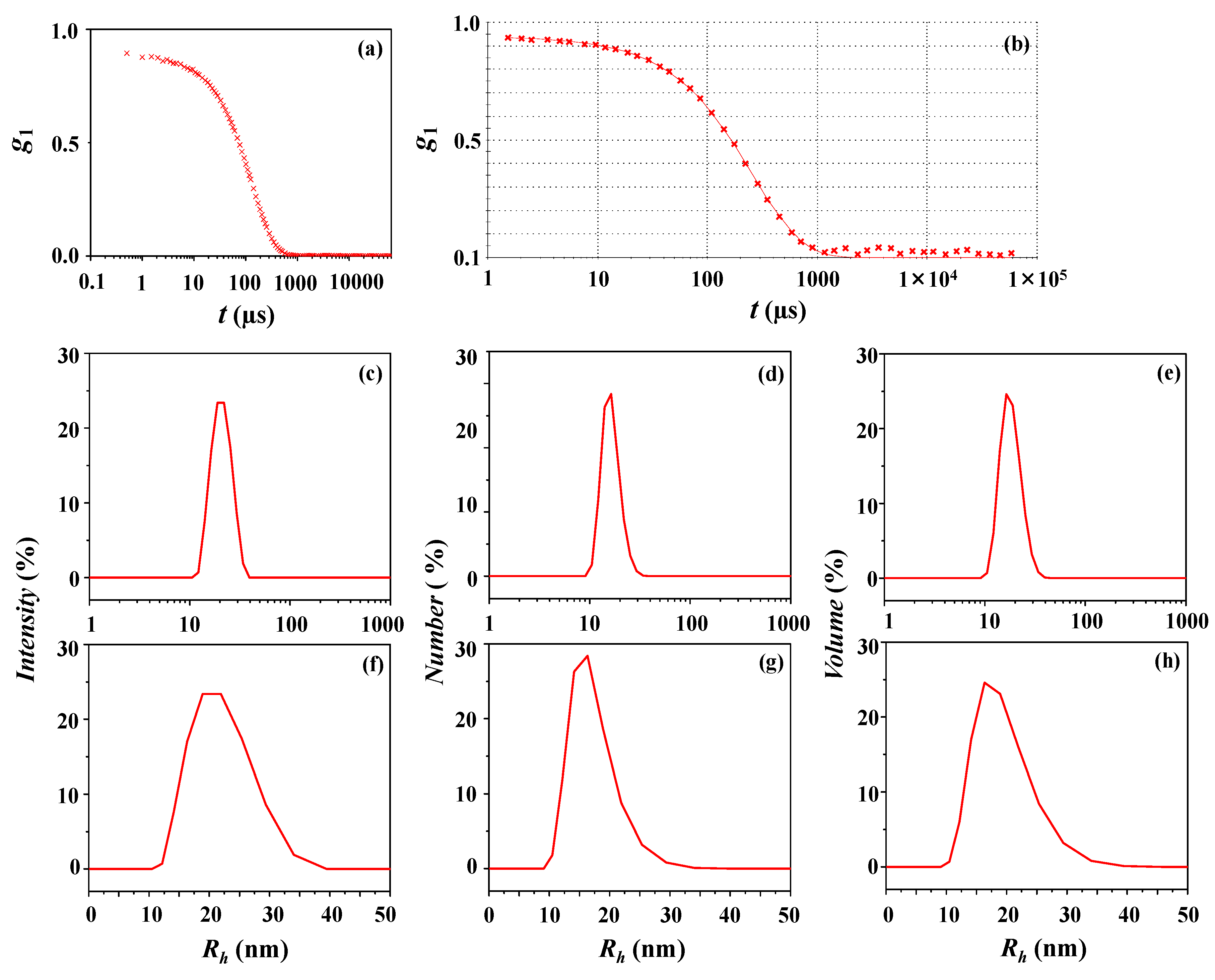

To become a new user of this facility, please read the Instrument Reservation Information page.

The Zetasizer AT is a fully-automated nanoparticle characterisation. Malvern Panalytical’s Zetasizer AT brings the dynamic light scattering (DLS) technology of the Zetasizer Nano to the process development and manufacturing arena, enabling real-time monitoring of nanoscale particle processes online. Dynamic Light Scattering (DLS) is used to measure the diffusion of particles under Brownian motion, and convert this to a size distribution using the Stokes.

Schedule 8:30 a.m.Polymer Characterization Information the Equipment Can Provideĭynamic Light Scattering (DLS) is an instrument that was purchased from Malvern in 2010 and it determines the size distribution of particles in solution, emulsion, or suspension in a non-invasive or non-destructive method. Telephone: 81 for further information if needed. Alongside Malvern Panalytical’s NIBS (Non-Invasive Back-Scatter) technology, the Zetasizer Ultra offers Multi-Angle Dynamic Light Scattering (MADLS ®). The Zetasizer AT brings the industry leading Dynamic Light Scattering (DLS) technology of the Zetasizer Nano to the process development and manufacturing. Space Is Limited! Register through PANalytical's website. YOU MUST REGISTER IN ADVANCE TO ATTEND THIS WORKSHOP correlator), (ii) a Malvern Zetasizer NanoZS (4 mW He-Ne laser.
#Malvern zetasizer dynamic light scattering registration#
4:30 p.m.: Workshop Register Here Registration Details Dynamic light scattering (DLS, in which the word dynamic refers to objects moving.

Malvern-PANalaytical and Carnegie Mellon LocationĨ:30 a.m.: Check-in with Continental Breakfastĩ:00 a.m. Measurements by laser diffraction, automated imaging, and dynamic light scattering will be discussed through interactive lectures covering information from basic theory and instrumentation to method development and optimization. We measure our valuable samples in low concentrations and in very small volumes, so we use expensive, low volume, glass cells, which are optically superior to disposable plastic. The aim of this one day complimentary workshop is to provide basic grounding and practical guidance for the main particle characterization techniques currently used in industry and academia. The Zetasizer Nano is the worlds most widely used dynamic laser light scattering system, for measuring size, zeta potential and molecular weight. Dynamic light scattering (DLS) is widely used for ensemble characterization of hydrodynamic particle size, but I have a number of frustrations with the technique. In manufacturing and development properties such as particle size, particle shape, and zeta potential are often measured to better control product quality as well as to improve the understanding of products, ingredients, and processes. The physical properties of materials can influence a wide range of behaviors such as flowability, reaction and dissolution rates or the effectiveness of an abrasive material. Malvern-PANalytical/MCL Workshop Workshop Description


 0 kommentar(er)
0 kommentar(er)
